What is Business Process? – Definition, Types & Benefits
Whenever you look at an organization, there is always some activity on their floors. Have you ever wondered how they carry out these processes daily? A manager doesn’t always instruct them to do each small task. Rather, employees refer to the business process manual. It gives them the right way to carry out a process.
Business processes can be anything from flow charts to detailed manuals. In this blog, we will explain it in detail to gain an in-depth understanding of the subject.
What is Business Processes
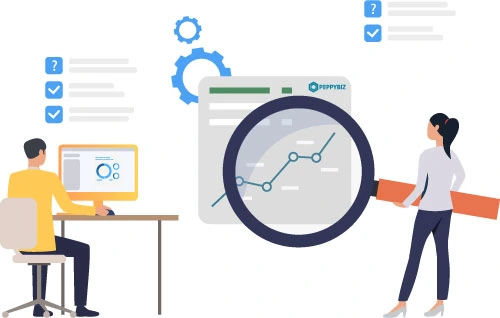
A business process is a procedure that you create to achieve the desired business goals. The goal might be to improve the quality of deliverables. Or it might simply be to increase the revenue of the organization.
These series of interlinked tasks will work together to arrive at the desired results at all times. An organization carries out several projects at the same time. So establishing a standardized process reduces the chances of errors.
# Business Process Phases
There are no defined steps involved in creating and implementing a business process. However, it usually follows the following steps:
1. Define your goals:
Defining your objective is the first step when it comes to any project. You must clearly state what you expect from the implementation of the process. It will help you kick off your process development. When it comes to a business, you must clearly state the metrics to measure the effectiveness of the outcome.
2. Finding alternatives:
For any plan you create, there will be an alternative. Be sure to search for more alternatives when drafting business processes. Never start implementing the first draft without having alternative plans ready. You can analyze each by looking at the risks associated, time duration, and cost-effectiveness.
3. Involve the stakeholders:
Every change that happens within the business requires authorization from the stakeholder. Something as big as altering procedures to improve it will surely require the stakeholders’ approval. Set up a meeting and explain how these changes will help increase the organization’s revenue and value.
4. Run tests:
After finalizing the draft, you must now check the effectiveness of the new process. One way to do it is to run the process on a small scale. Most problems that might occur during actual implementation show up during this phase. You can then easily make the necessary changes to the process document.
5. Implement:
Here comes the important phase of the project, where you implement the plans you designed. During the implementation, there is bound to be some feedback from the employees. Educating them about the positive changes it brings to the business will ensure a smooth and effective adaptation.
6. Analyse:
There is always a way in which you can improve your business. You might find the results satisfying for now. But your opinions may change further down the line. Hence, start analyzing the results from the very first day of implementing these business processes. It will help you have a clear idea about what to change in case of failure.
# Business Process Types
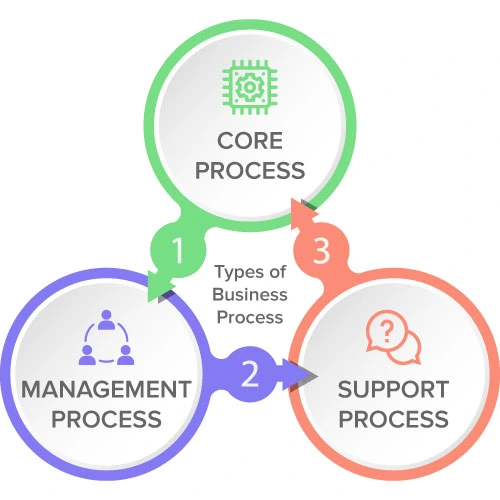
You can use process development for enhancing various areas of your business. However, you can group them under three major classifications. Let us discuss each of them in detail.
1. Core process:
The core process is what drives your business. It is the main operation that produces the deliverables for consumer consumption. It makes up for a majority of the profit a business enjoys. Furthermore, it is like the primary process responsible for creating a major revenue stream.
Core processes change according to the development in the sector. Value of products changes in the market every day. Thus, it would help if you made the necessary changes from time to time to improve your business efficiency.
For example, for a SaaS provider, the primary source of income would be creating efficient software.
For a core process to be successful, it involves various activities from a variety of departments. A core process development orients towards the whole business and not towards the departments. So, think for the whole organization and not just for the success of a department. The following are some processes that you can consider as the core/primary process:
- Product/service creation and development.
- Good marketing plans.
- Services related to post-sales of the product/service.
Efficient management of all these three elements improves the credibility of your business. In the context of manufacturing, SMT PCB assembly stands out as a vital core process. This technique involves the precise placement of surface-mount components onto printed circuit boards, which is essential for producing reliable and high-quality electronic devices. By integrating advanced SMT PCB assembly processes, companies can enhance their production efficiency, reduce errors, and respond more swiftly to market demands. This capability not only contributes to the overall effectiveness of the manufacturing process but also directly impacts profitability by ensuring that products meet both quality standards and customer expectations. As technology continues to evolve, maintaining an agile SMT PCB assembly process will be crucial for staying competitive in the ever-changing electronics landscape.
2. Management process:
As said earlier, you can consider a business process as a project on its own. Hence, the management of these processes is very similar to that of a project management lifecycle. It also goes through initiation, planning, execution, monitoring, and control. Whatever the type of process, there is a process that overlooks the management known as management processes.
Without them, you can’t effectively manage any process throughout its lifecycle. It deals with redundant plans and measures the threats that come with each process. You can create smart changes to your core process. But, it depends on the effectiveness of your management process to carry it out as desired.
You must understand that managing processes does not directly add to your revenue stream. Rather, they optimize your revenue-generating processes to support your business.
The following are some examples of management processes:
- Training of new employees and payroll benefits
- Actions a CEO takes to launch a new product.
- Managing the routine tasks.
3. Support processes:
Support processes do not generate income of any sort. They exist to help you ensure the smooth movement of core processes. These processes aren’t unnecessary just because they do not produce money. They make sure that your money-making processes do what they should be doing.
The following are some areas where you can find these processes:
- Accounts department.
- HR department.
- IT department(excluding IT businesses).
- Finance department.
Imagine you are a manufacturing company that produces automobile parts. The core process is the development of products related to the automobile. But it would help if you also had additional processes like IT to support the core process. Your IT personnel will take care of the smooth running of computer systems and networks so that you can run the primary processes.
# Benefits of Business Process
Yes, business processes sure do help you achieve desired business goals. But let us discuss how exactly it does that.
1. Risk reduction:
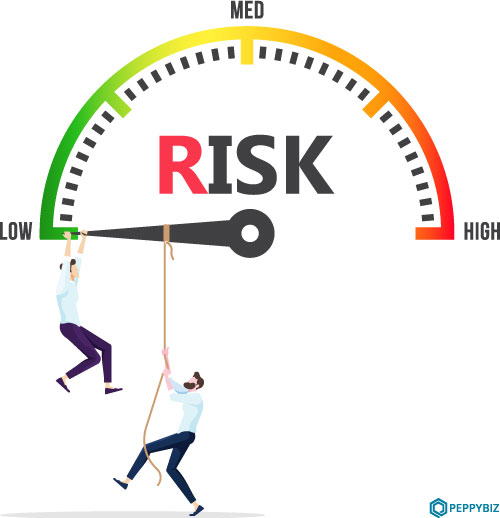
Planning out everything beforehand lets you identify the most obvious risks. Thereby decreasing the time spent on rectifying errors. Test run of the process even reveals risks that are very hard to find.
2. Cost reduction:
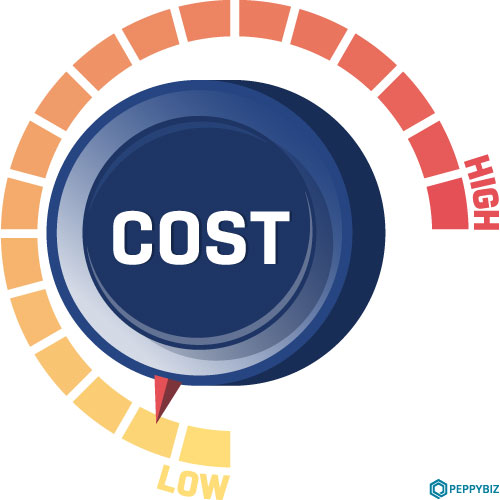
You run tests on every process you ever create. Evaluation points out how you can optimize your business. It identifies unnecessary tasks. It also helps you find alternate ways of doing the tasks involved.
3. Agility:
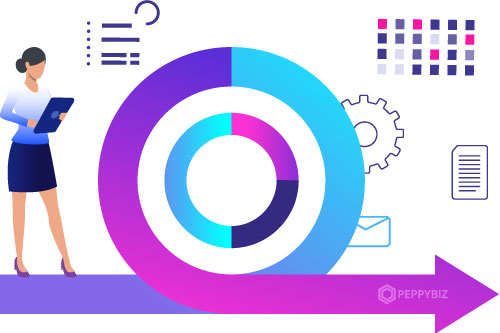
As a business, you must be able to move through every process as quickly as possible. Changes to your process reduce the bottlenecks in the process. You can easily avoid duplication of tasks with the use of efficient business processes.
4. Boost productivity:
When you have a standardized process for everything you do, your productivity is sure to improve. Project approval, execution, and delivery become faster. You produce more quality products in less time.
5. Facilitates communication:

There are steps within the process manual that tries to break down the communication barrier. Improving communication within the company improves working efficiency. Not only that, but it also improves the communication between you and the customer.
6. Allows for new technology:
The business process should change sporadically. Thus allowing for new technology to enrich your business. Adapting to the changing times is one of the best things a business can do to keep itself active.
7. Pass down the trade secret:
Establishing a business process ensures that an organization maintains its good name for a long time. It enables you to pass down essential knowledge about the company. For example, the formula for a popular soft drink remains classified information, limited to the person of high authority. But after their retirement, there exist processes to pass down the secret recipe.
8. Eliminates task isolation:
In a large organization, a project takes place in pieces. Every piece gets developed in separate departments. But there is always a connection between these tasks. Ensuring that it stays that way improves the quality of the final product.
Laying out a process enables the flow of the project from one step to another. It eliminates isolation of tasks, making your business run smoother.
9. Improves compliance:
Standardized processes enable your employees to follow the right procedures. Standard procedures are all legally compliant. That makes every action your employees make safe and legal. It is one of the effective ways to reduce liability.
10. Improve transparency:
Well-informed employees are prone to make lesser errors than those who aren’t. So, a transparent workflow is the only way to keep your employees on the same track as your business goals.
Why PeppyBiz?
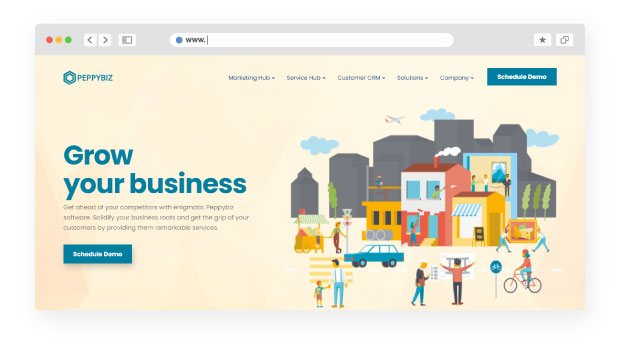
PeppyBiz is one of the leading SaaS providers in the market. We offer a variety of services that improve every part of your business. Our workflow builders let you develop complicated business processes within a short period.
Our marketing services greatly improve your marketing processes. At the same time, our CRM software makes it easy for your sales team to manage your sales processes. Schedule a free demo today to know more about what we offer.
Conclusion
The business process makes everything easier in your business. Just a few regular tweaks to your procedures, and visualize the improvements it makes to your revenue.


